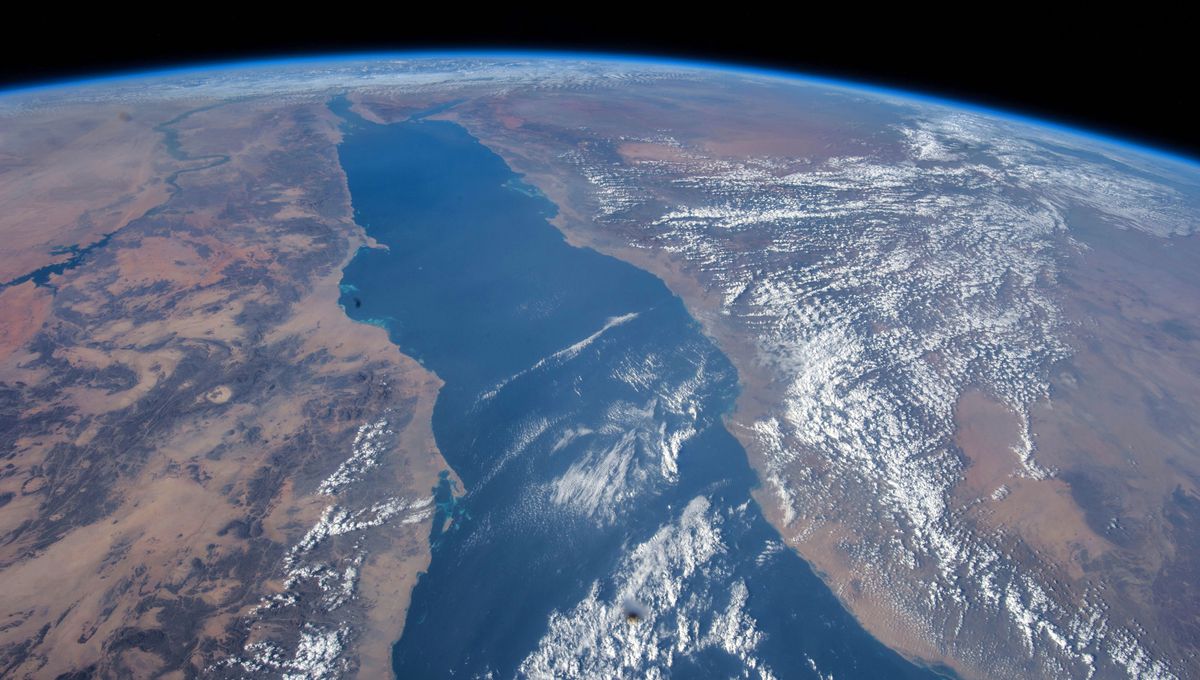
Long before its days in the Bible, the Red Sea had a strange and turbulent history. Millions of years ago, this narrow strip of water between Africa and Asia totally dried out and turned the seabed into a salty plain. It then suddenly refilled due to a catastrophic megaflood.
The rest of this article is behind a paywall. Please sign in or subscribe to access the full content.
The Red Sea was first formed around 30 million years ago when the Arabian Plate and the African Plate split apart. Initially, the sea was a narrow rift valley filled with lakes, later becoming a wider gulf when it was flooded by the Mediterranean Sea 23 million years ago.
This was a period when marine life thrived in the sea. This is known thanks to the wealth of fossil reefs found along the northern coast near Duba and Umlujj in Saudi Arabia. During this time, the Red Sea flowed naturally into the Mediterranean. Today, the link survives only through the human-made Suez Canal.
However, the life in the Red Sea was swiftly killed off around 16 million years ago when the waters became too salty due to intense evaporation and poor circulation.
Eventually, the sea lost so much water that it ceased to exist. This was likely to have been linked with the Messinian salinity crisis, a geological upset that also turned the Mediterranean Sea into a vast salty basin for around half a million years.
The extreme dry spell ended only when a colossal flood surged in from the Indian Ocean. Its waters breached the Red Sea, inundating it with seawater and reconnecting it to the world’s oceans once more.
This story has recently been pieced together with new details thanks to a recent study by scientists at the King Abdullah University of Science and Technology (KAUST). Using seismic imaging, microfossil evidence, and geochemical dating techniques, they’ve detailed how the total desiccation of the Red Sea basin unfolded.
“Our findings show that the Red Sea basin records one of the most extreme environmental events on Earth, when it dried out completely and was then suddenly reflooded about 6.2 million years ago,” Dr Tihana Pensa, lead study author from KAUST, said in a statement. “The flood transformed the basin, restored marine conditions, and established the Red Sea’s lasting connection to the Indian Ocean.”
New chapters of the Red Sea’s story are still being written. Research shows that warming temperatures are posing a real problem for the region’s coral reefs, a cornerstone of the sea’s biodiversity. The Red Sea has faced huge upheavals before, as this new research shows, but few have come as quickly as the changes now underway.
The study is published in the journal Communications Earth & Environment.
Source Link: "One Of The Most Extreme Environmental Events On Earth" Unfolded 6.2 Million Years Ago